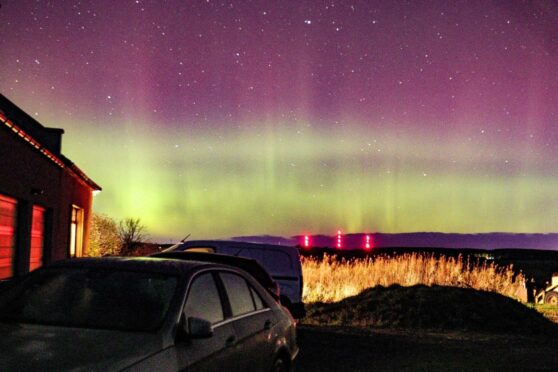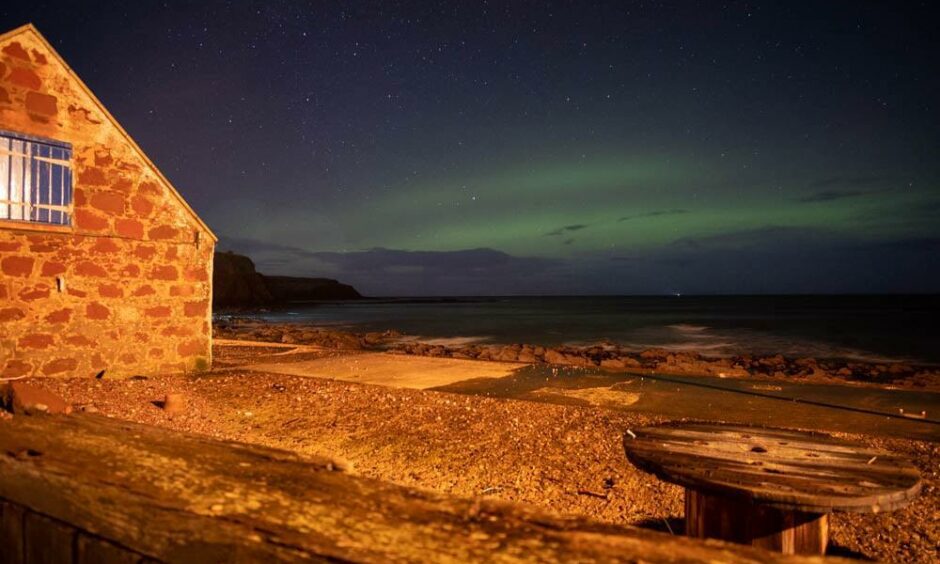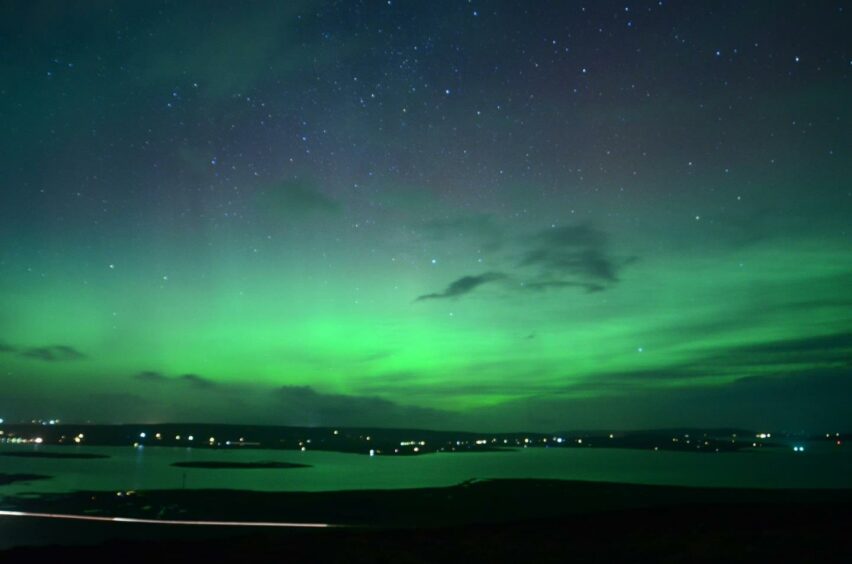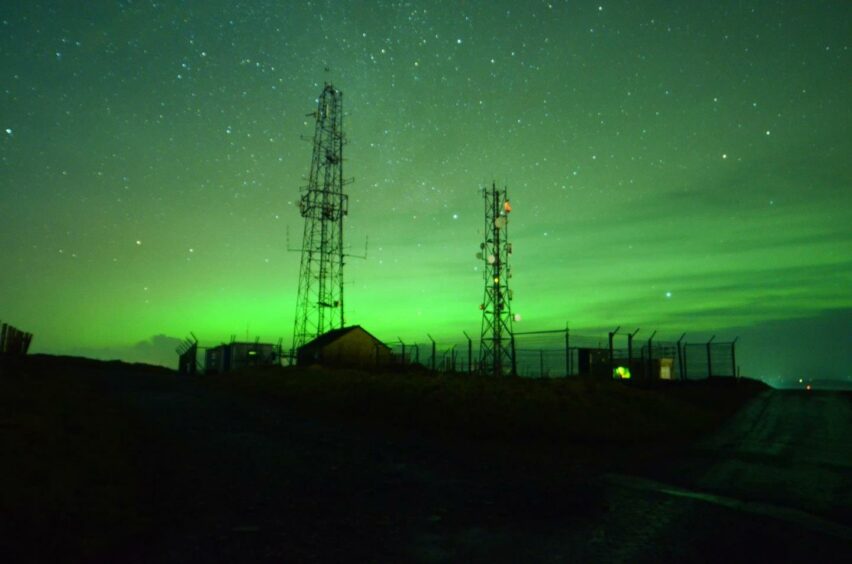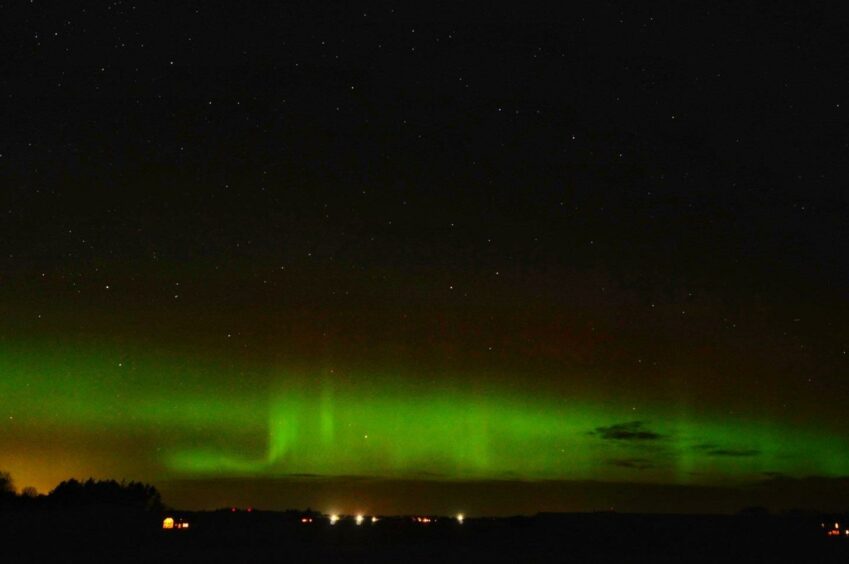The Met Office is predicting nature’s most colourful light show, the Northern Lights, will make an appearance across north Scotland tonight.
Here’s everything you need to know ahead of the visual delight:
A geomagnetic storm is due to pass north of the UK tonight, which creates unique illuminations across the night sky.
Following a period of turbulent weather caused by Storms Malik and Corrie, clear skies and visibility are predicted to be very good overnight, meaning the chances of the Northern Lights making an appearance improve greatly.
This will be the third time the Northern Lights will be visible this year, after a double-outing on January 8 and 9.
What time will I be able to see them?
The Met Office is predicting the lights will be most visible from around midnight until 3am across the north coast of Scotland.
A geomagnetic storm is forecast for overnight tonight. This means an #aurora is possible. Whilst Northern Scotland will be best placed to see this, depending on the strength of this storm and #weather conditions it may be visible as far south as North Wales and north Norfolk pic.twitter.com/zpIVzhCcqf
— Met Office (@metoffice) February 1, 2022
Where are the best places to spot the Northern Lights in Scotland?
Areas such as Sutherland and Caithness as well as the Shetland Islands and the northern Outer Hebrides are hotspots for Northern Lights hunters.
Depending on weather conditions and the intensity of the geomagnetic storm the lights could be seen in Wales or Norfolk.
When the Northern Lights do make an appearance, the public are eager to share their pictures, as our gallery below shows.
What are the Northern Lights?
The Northern Lights are a natural wonder that have fascinated people for thousands of years – but what are they and where can they be seen in Scotland?
Aurora is the name given to the light emitted when particles emitted by the sun react with the Earth’s magnetic field and atmosphere.
Charged particles are whisked towards the planet’s north and south poles by the magnetic field’s loops, which is why they are less common the closer you get to the equator.
Aurora Borealis is the name given to this phenomenon in the north – the equivalent in the southern hemisphere is called the Aurora Australis.
It comes in all different colours, shapes and patterns, setting the night sky alive.
The colours depend on the different types of gas particles and can range from greens, blues and purples to fiery reds and oranges.
For hints and tips on how to take the best Northern Lights snaps – view our handy guide HERE.
Will you be looking out for the Northern Lights this evening? If you manage to catch any, email them to livenews@ajl.co.uk with the location you were at and they could be included on our website and newspaper. Happy hunting!
